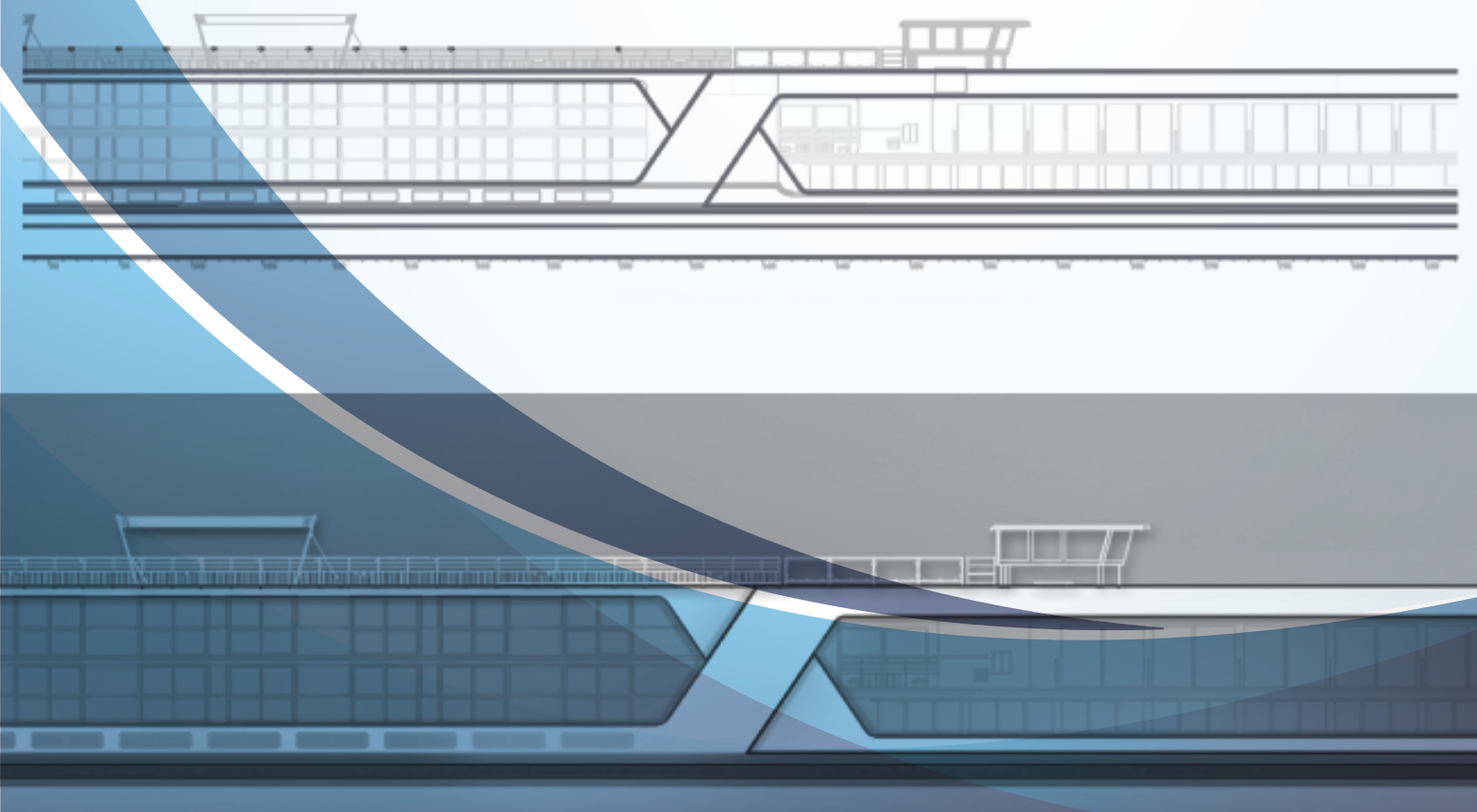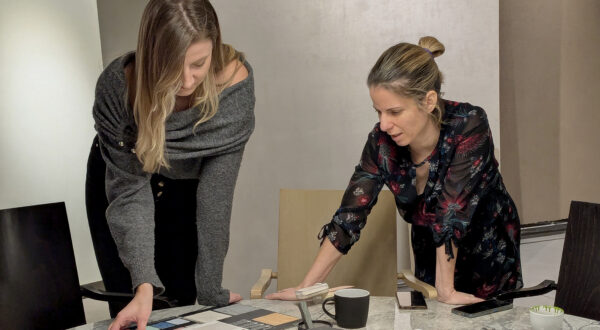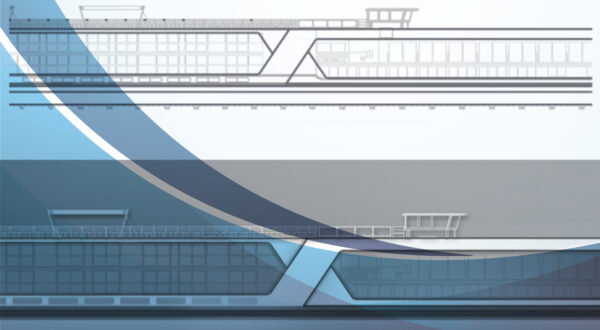Designing a high-performing yacht requires a delicate balance between functionality and aesthetics. While engineering ensures efficiency, safety, and durability, design shapes the experience on board. A well-designed yacht is more than just a vessel—it’s a space where people create memories, relax, and enjoy their time on the water.
Two weeks ago, I shared the first three common design mistakes engineers make when designing boats. Now, let’s dive into the next three—and how to fix them.
4. Mismatched Interior and Exterior
Too often, vessels look as if their interiors and exteriors were designed for two different boats. This happens because engineers usually develop the exterior first, focusing on performance, hydrodynamics, and structure. Only once they’re satisfied with the hull and superstructure do they turn to the interior—fitting it in as best as possible, sometimes as an afterthought.
The result? Interior layouts that feel forced, spaces that don’t flow naturally, and awkwardly placed structural elements that compromise comfort.
Instead, both the exterior and interior should be designed in parallel. The exterior should evolve if necessary to support a better interior layout.
Tip: Don’t leave interior design until the last stage. As soon as you create the first concept, consider the inside. Are there any issues? Could the interior be improved? Could an apparent problem become a design advantage? Adjust the exterior accordingly. Yacht design is an iterative process—treat all elements as part of an evolving whole.
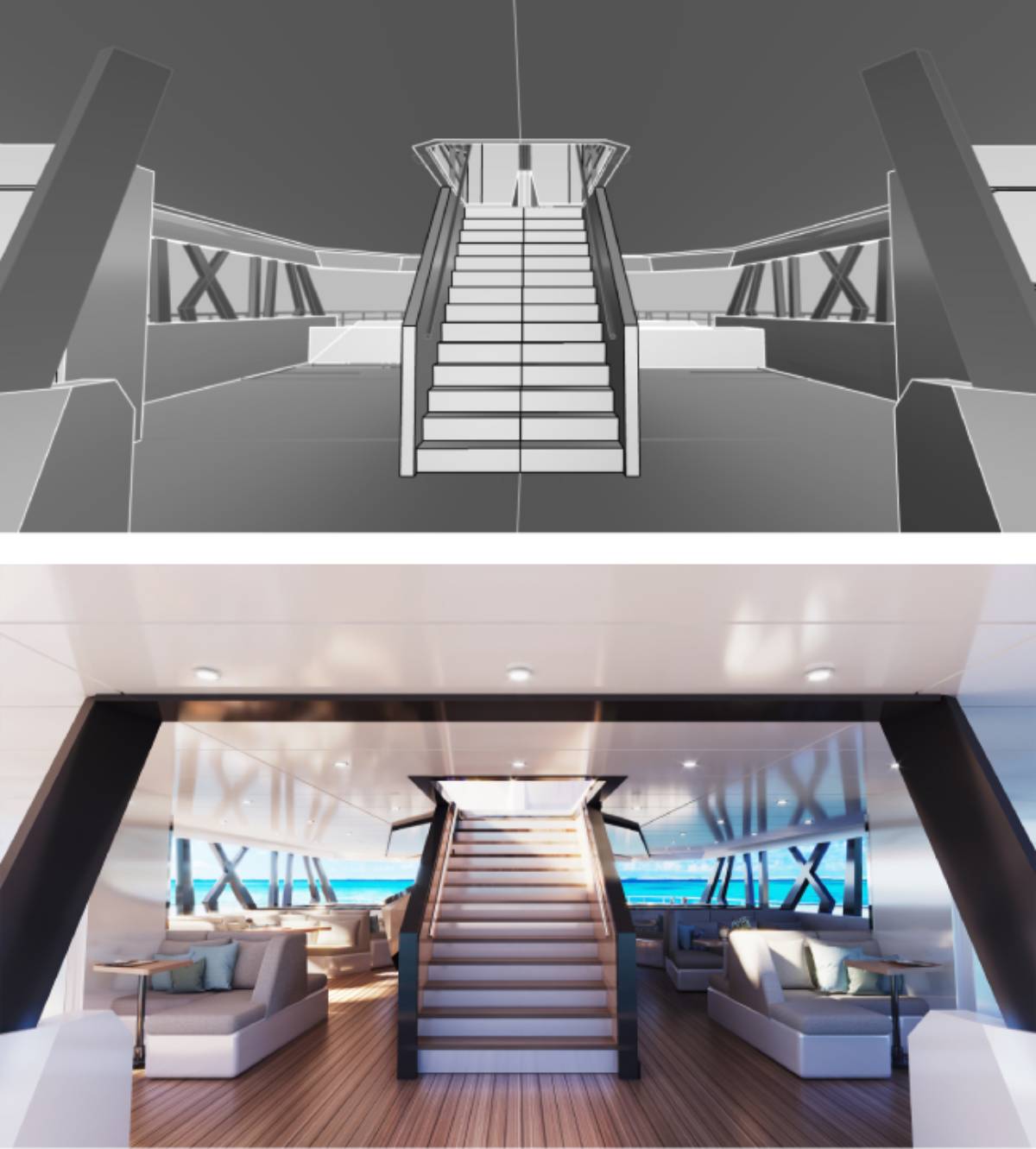
5. Focusing on Details Before Defining the Bigger Picture
Diving into details too soon can lead to inconsistencies and inefficiencies. Without a clear overall vision, how can you be sure each element is contributing to the final result?
For example, if you start fine-tuning materials, furniture placement, or lighting before defining the core layout, you might end up with a design that looks disjointed. The same applies to engineering—focusing on small technical specifications before finalizing the overall structure can lead to unnecessary rework.
Tip: Develop a strong concept before refining details like speed specifications or walkway placement. A well-thought-out concept serves as a guide, helping you prioritize essential performance features while making strategic trade-offs for aesthetics. Think of it as building a house: you need a solid foundation and structure before picking the color of the walls.
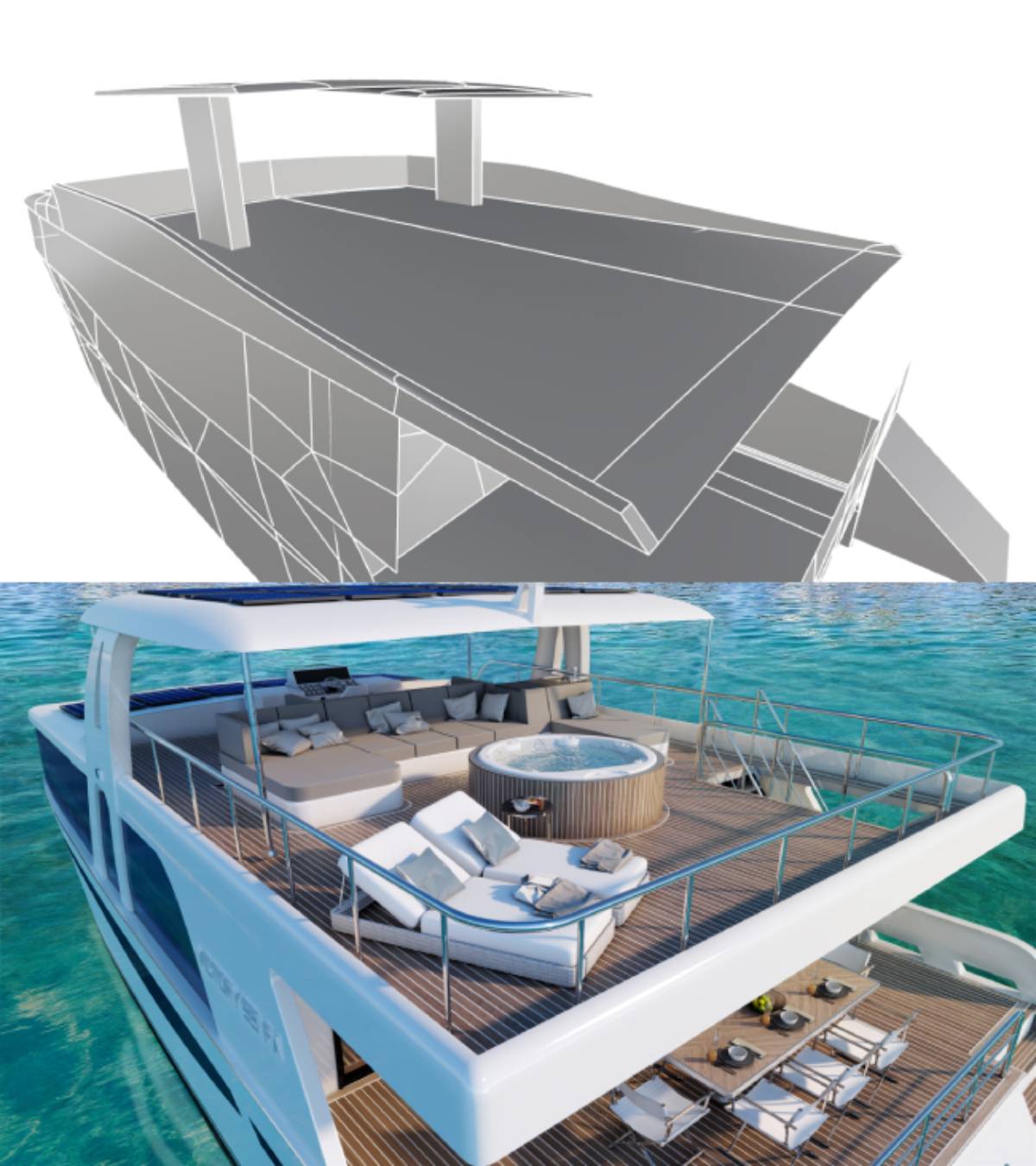
6. Chasing Trends While Forgetting Design Fundamentals
Keeping up with design trends is challenging, especially in an industry that evolves as fast as yachting. It’s tempting to incorporate the latest styles, materials, and features to make a yacht feel modern. However, trends come and go—what looks cutting-edge today may feel outdated in just a few years.
Instead of focusing on fleeting trends, prioritize timeless design principles. Classic design is always in style. You can achieve it by mastering the core rules that have shaped art, architecture, and design throughout history.
Tip: Study fundamental design principles like harmony, proportion, and rhythm. Review your past projects—did you instinctively apply some of these rules? Could any elements be improved without sacrificing functionality? In your next project, consciously integrate these principles for a more timeless, balanced result.
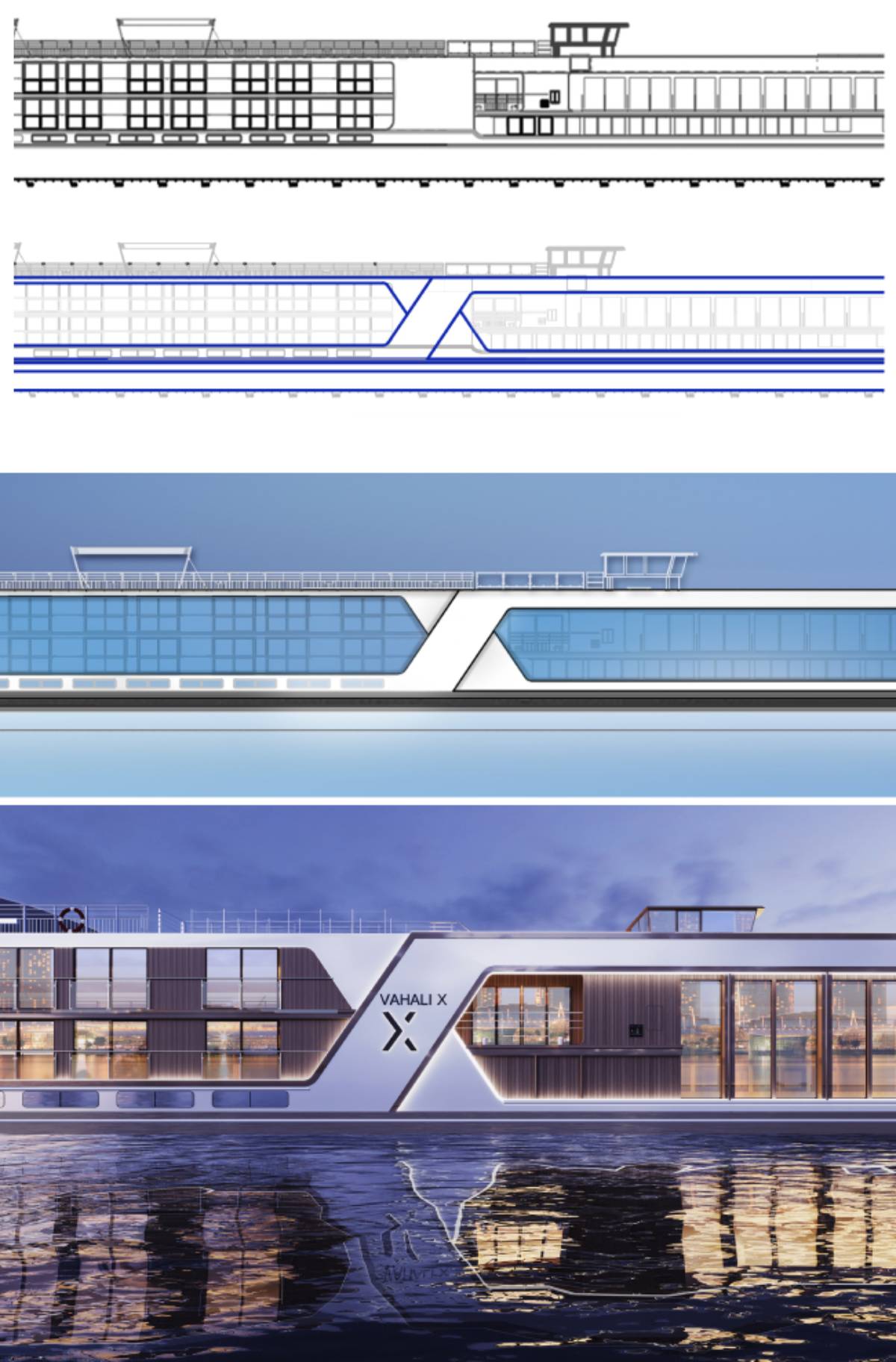
Final Thoughts
By avoiding these six common mistakes and applying these practical tips, you can create boats that are not only high-performing but also visually appealing, comfortable, and well-designed. A yacht should feel effortless in both function and form. Design and engineering should go hand in hand—ensuring that vessels are both efficient and desirable.
We’re here to help you navigate every design decision confidently. Do you need help applying these suggestions in practice? Feel free to contact us at info@saltandwater.rs.
If you missed it, read about the other three mistakes here: LINK




